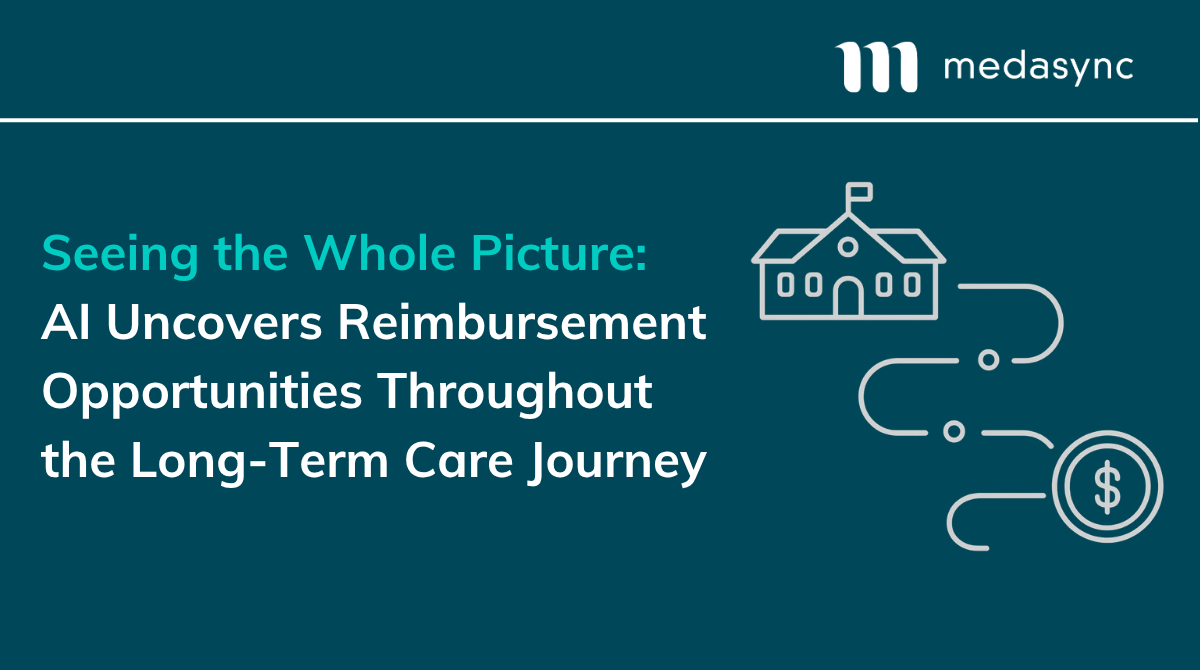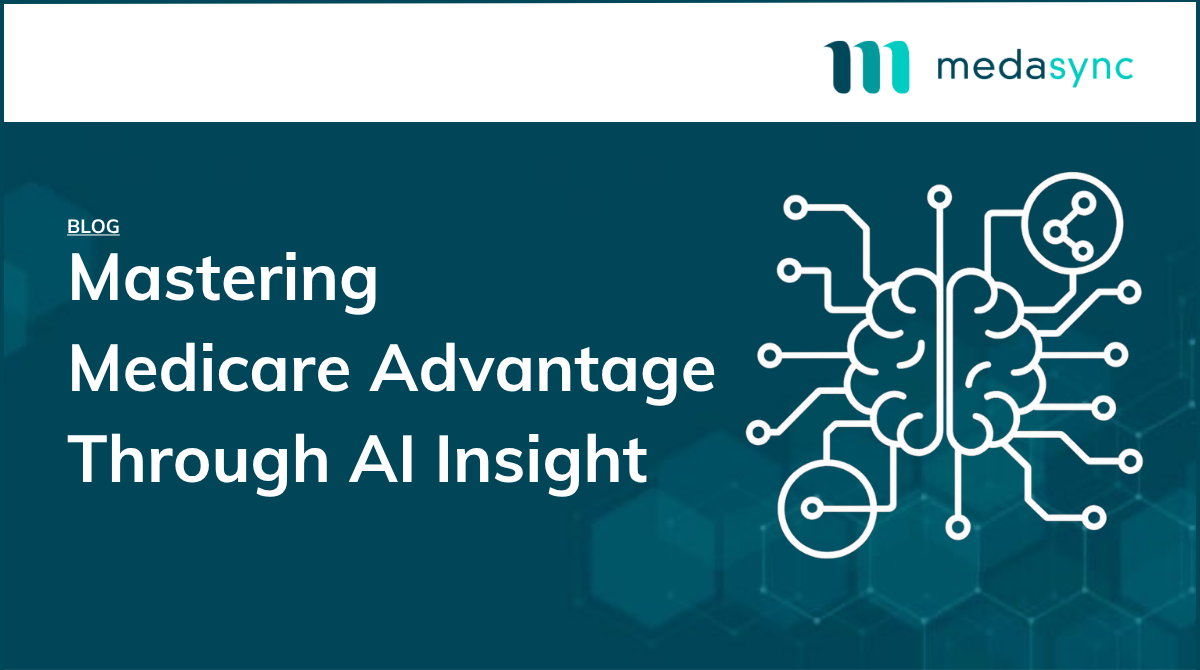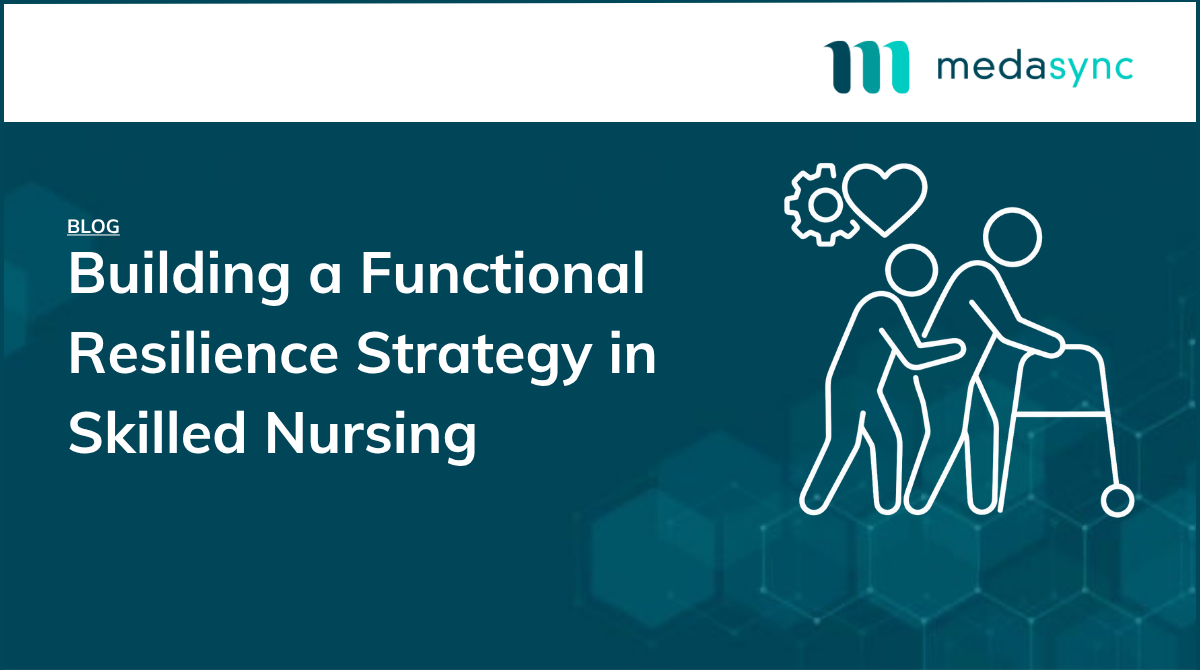End The Reimbursement Scavenger Hunt
Could your SNFs reimbursements use a boost? Combine widespread census pressure with a staffing/resource squeeze from the pandemic and many SNF operators are starved for revenue. Despite making efforts and investments to stay ahead, many operators are finding themselves caught up in an EHR “scavenger hunt”, searching for supporting documentation and sifting through mounds of clinical data to ensure optimal reimbursement. One operator recently told me “With all the data we have today, it feels like I’m looking for a needle in a haystack ” when it comes to reimbursement. She is not alone.
Start by factoring in the total overhaul implemented by PDPM, combine that with different state by state medicaid rules, sprinkle in significant growth/complexity occurring within managed care – and the to-do list can quickly become overwhelming…Unfortunately, this often results in costly mistakes and missed opportunities that impact revenue.
Our MDS nurses are typically playing a pivotal role in this process, requiring them to carry the bulk of the responsibility in collecting/coding all the data for each patient and having the expertise to navigate complex reimbursement rules for each payer. Take your initial PDPM assessment, not only are you collecting data on the patient presently at your facility, but you also need to consider the services from the hospital stay buried in referral material. The possibilities of preventable revenue loss are on the rise, from missing an acuity or functional status change that could lead to a new ARD for a state Medicaid program or an IPA for PDPM, or an expensive drug that could be billed directly to Managed Care. The examples can be endless. Yet the technology and support our MDS teams receive is woefully lacking (adding time, effort and stress to their day-to-day)… Here we’ll examine this challenge as well as highlight how operators can better leverage technology to enhance the process.
The Role of the MDS Nurse has Evolved
Our MDS teams play an integral role in the process and in many cases are forced to wear many hats. The role has evolved into a truly cross-functional position. Not only are they typically heavily involved, starting with the admission and care planning activities, sorting through vast amounts of information and documentation to complete initial assessments, but also responsible for the numerous case management duties throughout the stay. This provides a critical link between the clinical and financial aspects of the business. Factoring in the amount of time spent on Admissions/Authorizations, Care planning, Utilization Reviews, and Triple Check meetings, there is little time left to search through an EHR for supporting documentation or wade through numerous alerts that are based on simple key-word search logic but are not actually tied to real documentation or reimbursement. The way the MDS position has evolved means operators need to look at new ways to empower this critical role to ensure they have the time and the clinical and financial insights to get the job done.
Typical Approaches Create Clutter, More Work or Cut into the Bottom Line
Many operators have turned to software with keyword search and MDS scrubbing technology to help, but often times these options create more time-consuming clutter for your team to wade through, or worse, ignore altogether…Using only keywords and basic logic tends to produce a significant amount of “false alarms” and has not kept up with the variety and complexity of payers and plans in the market.
Today, there are 30% more Medicare Advantage plans in each county than there were 2-years ago. Is your team and tech on-top of those rules, each level trigger, carve-out or exclusion? What about PDPM? Are you capturing all the NTAs, SLPs or depression opportunities? Many SNFs go to great lengths to compensate for this with more manual tasks and find themselves scheduling daily/weekly and monthly UR and triple check meetings to ensure everything is correct. Another common approach is to hire specialists or consultants to handle high volume/complex payers/cases. While it may have a net positive impact this approach cuts into already slim margins.
The Future is AI (Artificial Intelligence)
AI in healthcare offers a number of advantages over traditional analytics and clinical decision-making techniques. Learning algorithms can become more precise and accurate as they interact with and learn from mass amounts of training data. The power of AI is about using technology to do the things that it can do better than humans and freeing up people’s time to use their judgment for things computers can’t do well. Our MDS teams will continue to play a critical role in connecting the financial and clinical aspects of the process. Applying the power of AI to your data allows them to focus on the critical decision making aspects of the role.
MedaSync Software Powered by AI
MedaSync puts an end to the wild goose chase by automatically providing reimbursement opportunity alerts to your team that are logically tied to documentation and revenue. MedaSync is the first proactive all-payer reimbursement software solution to solve your Medicare, Medicaid and Managed Care challenges. Medasync even gets smarter over time to help you capture those hard to spot revenue opportunities that most operators miss out on. Isn’t it time you started using MedaSync’s advanced AI to automate pre-billing clinical workflows necessary for a successful revenue cycle?





